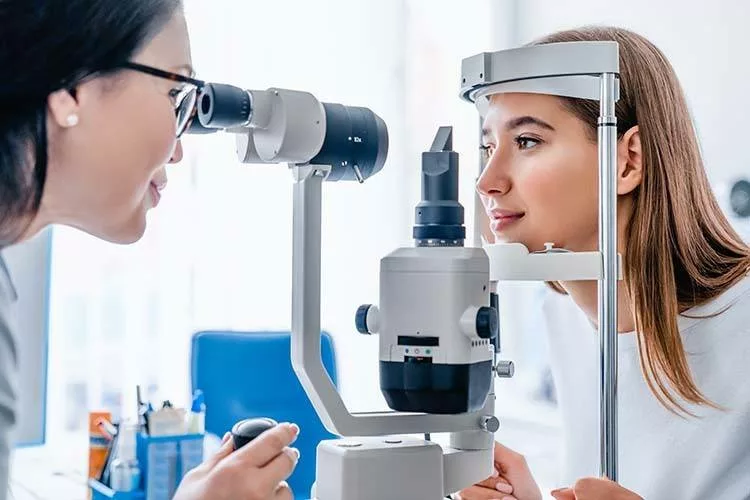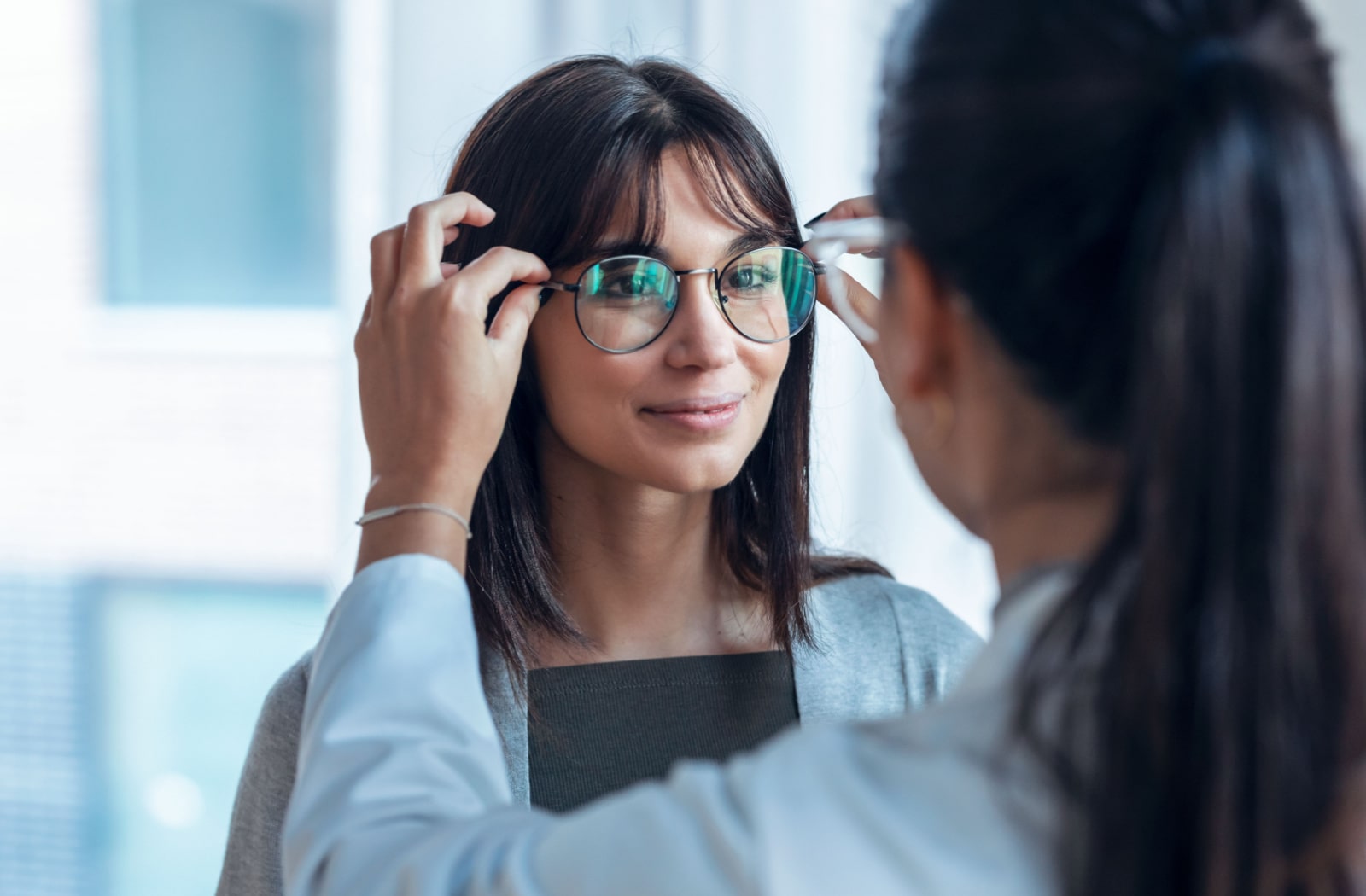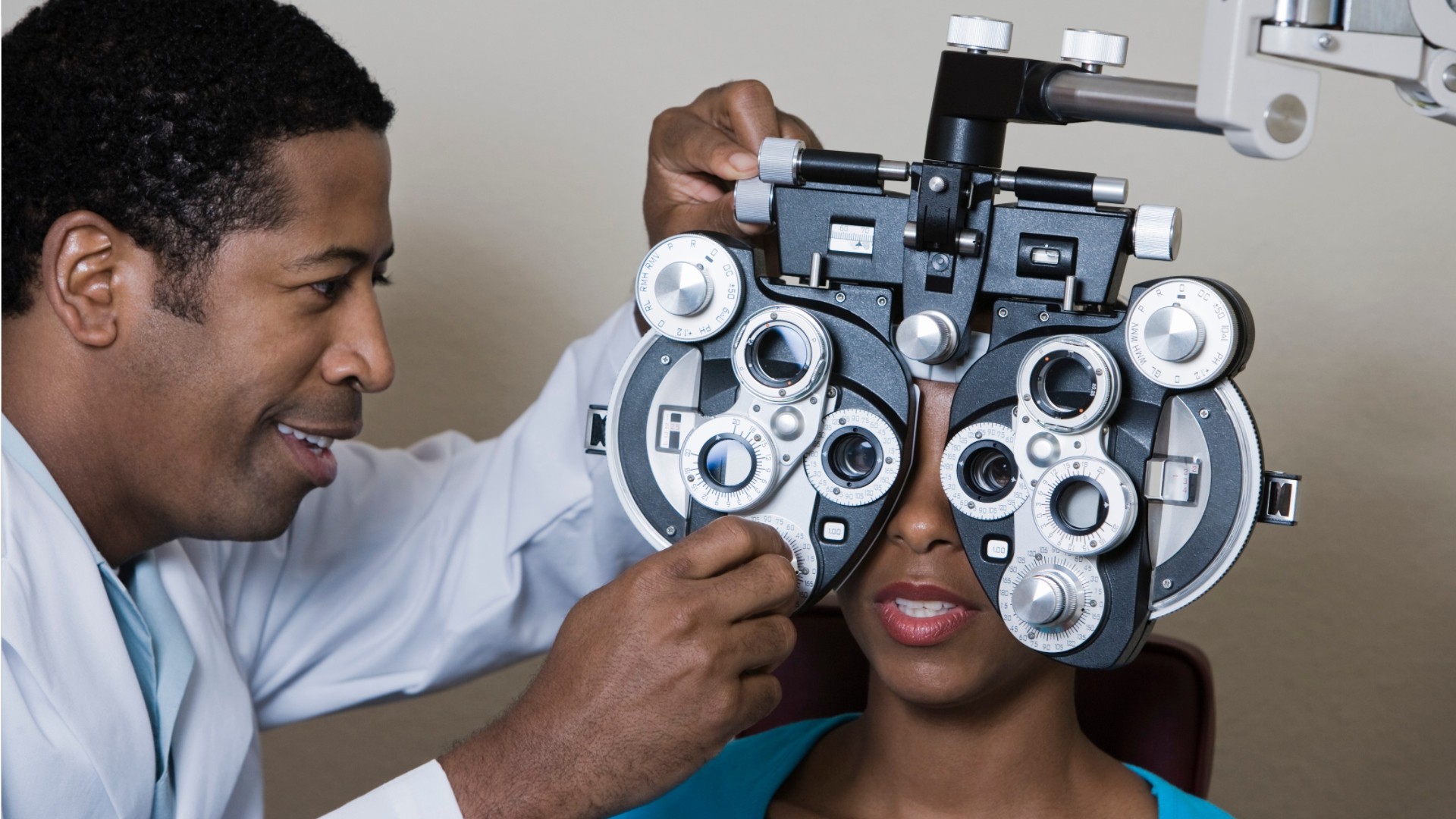Why Choosing an Eye Doctor Optometrist is Important for Your Eyes
Checking Out the most recent Technical Improvements in Optometry and What They Mean for Optometrists
In the ever-evolving field of optometry, current technical developments are improving exactly how professionals approach eye treatment. From the accuracy of Optical Comprehensibility Tomography to the nuanced insights supplied by AI-driven analysis tools, these innovations are setting brand-new criteria in client analysis and treatment. Teleoptometry is poised to redefine accessibility, making sure that experience transcends geographical constraints. As these advancements penetrate the technique, eye doctors are confronted with the challenge of embracing these tools to boost client end results. Yet, the concern continues to be: exactly how will these technological shifts redefine the roles and responsibilities within the profession?
Technologies in Diagnostic Tools
Advancing the field of optometry, innovations in analysis devices have reinvented the means eye treatment specialists analyze and diagnose visual disabilities and ocular problems. The previous decade has witnessed significant technological developments, making it possible for even more extensive and precise analyses.
An additional secret development is the introduction of sophisticated corneal topography systems, which map the surface curvature of the cornea with accuracy. These tools are specifically helpful for fitting contact lenses and diagnosing corneal conditions. Moreover, electronic retinal imaging has transformed standard ophthalmoscopy, providing comprehensive, panoramic views of the retina that facilitate thorough visual examinations.
The growth of wavefront aberrometry has additionally been vital, allowing the evaluation of refractive errors with unparalleled accuracy (Opticore Optometry). This modern technology assists in customizing corrective lenses and enhancing surgical outcomes for refractive surgical procedures. Collectively, these analysis innovations encourage eye doctors to deliver exceptional individual treatment, guaranteeing early treatment and customized treatment strategies, ultimately boosting visual health and wellness outcomes
AI in Person Administration
Building on the structure of cutting-edge analysis tools, the incorporation of synthetic knowledge (AI) in person administration represents a transformative leap for optometry. AI systems are significantly utilized to improve efficiency, accuracy, and customization in patient treatment. By analyzing large amounts of information, AI can identify patterns and forecast possible ocular problems, making it possible for optometrists to customize interventions better. This capability is crucial in taking care of persistent eye illness such as glaucoma and diabetic retinopathy, where very early detection and constant tracking are vital.
Moreover, AI-driven platforms promote streamlined patient interactions and management processes. Automated scheduling, digital appointments, and customized follow-up strategies not only enhance person satisfaction however additionally enhance time management for experts. These systems can triage clients based on the necessity of their problems, ensuring that those in essential requirement receive punctual focus.
Moreover, AI boosts decision-making by offering eye doctors with evidence-based referrals and therapy pathways. By integrating data from digital wellness documents, AI devices provide understandings that educate medical choices, decreasing the risk of errors and enhancing individual results. As AI remains to develop, its role in individual management will likely broaden, reshaping the landscape of optometric care.
Developments in Retinal Imaging
In the world of optometry, retinal imaging has actually seen remarkable technical innovations that are boosting diagnostic capacities and client treatment. Innovations such as Optical Comprehensibility Tomography (OCT) and fundus photography have actually changed exactly how optometrists analyze the retina and imagine. OCT, in specific, gives high-resolution, cross-sectional pictures of the retina, permitting the thorough exam of its layers. This ability is very useful for very early detection and management of problems like glaucoma, diabetic person retinopathy, and age-related macular deterioration.
Improved imaging methods like OCT angiography are further refining diagnostic accuracy. Eye Doctor. Such developments assist in the recognition of minute retinal modifications that can represent condition development.
Moreover, developments in expert system are boosting retinal imaging by allowing automatic evaluation of large datasets. These systems aid optometrists in determining patterns a measure of pathology, consequently enhancing analysis precision and efficiency. Collectively, these technologies are changing retinal imaging right into a keystone of modern eye care, improving results and expanding therapeutic opportunities.
Teleoptometry's Growing Duty
Teleoptometry is increasingly coming to be an important component of eye treatment, driven by innovations in data and analysis devices. As optometry welcomes digital transformation, teleoptometry promotes remote assessments, enabling eye doctors to extend their solutions beyond standard borders. This is specifically advantageous in rural and underserved locations where access to specialized eye treatment is often limited. By leveraging high-resolution video conferencing and progressed retinal imaging, eye doctors can conduct extensive eye examinations from afar, ensuring prompt medical diagnosis and treatment.
The combination of expert system (AI) further boosts teleoptometry, making it possible for the evaluation of visual data and aiding in the discovery of eye problems such as glaucoma and diabetic person retinopathy. AI-powered algorithms can swiftly interpret complicated imaging data, giving optometrists with useful understandings that reinforce professional decision-making.
Additionally, teleoptometry sustains connection of care via seamless assimilation with digital health records (EHRs), enabling optometrists to maintain extensive person backgrounds. When seeking advice from with various practitioners., this makes certain that patients get individualized and regular treatment even.
In spite of these benefits, obstacles stay, consisting of making certain information safety and security and taking care of individual expectations. Nonetheless, teleoptometry stands for a significant stride towards more easily accessible, reliable, and patient-centered eye treatment. As innovation progresses, its role is poised to increase even more.

Future Fads in Eye Treatment
A myriad of cutting-edge trends is set to reshape the future of eye treatment, driven by technical innovations and navigate here the evolving demands of people. One significant trend is the combination of expert system (AI) in diagnostics, which promises to boost the accuracy and effectiveness of eye examinations. AI formulas can assess substantial quantities of data from retinal images, possibly detecting problems like diabetic person retinopathy and glaucoma earlier than conventional techniques.
Additionally, tailored medication is obtaining grip in optometry, with genetic screening educating customized treatment strategies. This approach aims to maximize individual results by customizing interventions to private hereditary accounts. Wearable innovation, such as smart call lenses, is likewise coming up, supplying real-time tracking of intraocular pressure or sugar levels, therefore giving continuous insights into eye and systemic wellness.
The adoption of augmented reality (AR) and virtual reality (VIRTUAL REALITY) in training and person education and learning is one more arising fad. These technologies offer immersive experiences that can enhance understanding and skills both for optometrists and clients. As these patterns progress, optometrists should remain abreast of technical improvements to give cutting-edge care, ensuring enhanced individual outcomes and fulfillment in the dynamic landscape of eye care.
Conclusion

Collectively, these diagnostic developments empower optometrists to deliver remarkable person care, guaranteeing very early treatment and tailored treatment approaches, inevitably enhancing visual wellness outcomes.

As these technologies continue to progress, eye doctors should adjust and integrate them right look at this now into technique, inevitably enhancing workflow effectiveness and elevating the criterion of eye treatment provided to patients.